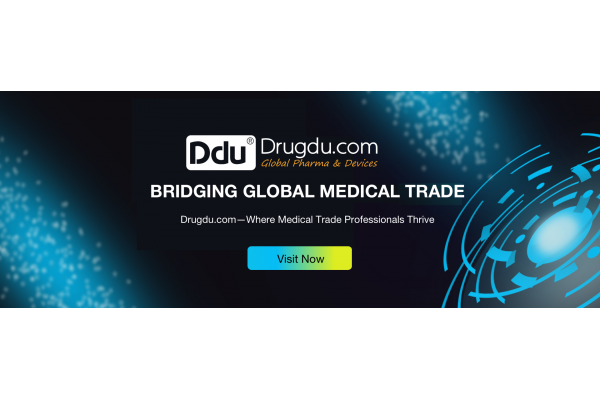【EXPERT Q&A】What are the requirements of EU medical device CE audit for quality management system document control?
February 5, 2025
Source: drugdu
 324
324
Drugdu.com expert's response:
The CE certification requirements for medical devices in the European Union (EU) are quite stringent in terms of quality management system (QMS) document control. Below is an overview of the specific requirements:
I. Content and Requirements of QMS Documents
Completeness: The QMS documents should include policies, procedures, guidelines, forms, records, etc., comprehensively covering all aspects of the quality management system. These documents need to detail and prove that the product complies with EU regulations and standards, including but not limited to product design descriptions, performance test reports, risk assessment reports, biocompatibility assessment reports, electromagnetic compatibility test reports, etc.
Accuracy: The information in technical documents must be accurate and capable of truthfully reflecting the technical characteristics and safety performance of the product.
Traceability: The QMS documents should ensure the traceability of product quality, including raw material sources, production processes, quality control, and other links.
Continuous Improvement: The QMS documents should reflect the continuous improvement mechanisms of the quality management system, including internal audits, management reviews, corrective and preventive measures, etc.
II. Specific Measures for Document Control
Document Preparation and Approval: All QMS documents must undergo a preparation, review, and approval process before release to ensure their legality and validity.
Document Distribution and Recall: The QMS documents should clarify the distribution scope and quantity and establish a recall mechanism to ensure document updates and replacements.
Document Change Management: Any changes to the documents must be approved and recorded to ensure the legality and traceability of the changes.
Document Archiving and Storage: QMS documents should be properly archived and stored for easy access and auditing at any time.
III. Establishment and Maintenance of the Quality Management System
Compliance with ISO 13485 Standard: The manufacturer's quality management system must comply with the requirements of the ISO 13485 standard to ensure consistent quality levels throughout the product's lifecycle.
Coverage of the Full Lifecycle: The quality management system should cover all aspects of the product, including design, development, production, sales, and service, to ensure comprehensive control of product quality.
Risk Management: The manufacturer should establish a risk management mechanism to fully identify, assess, and control risks in product design and manufacturing processes.
IV. Third-Party Audits and Supervision
Third-Party Audits: CE certification audits are conducted by third-party audit bodies recognized by the European Commission. These bodies will conduct comprehensive audits of the technical documents submitted by the manufacturer and may conduct on-site inspections.
Post-Market Surveillance: The manufacturer should establish and maintain a post-market surveillance system to collect and analyze data on medical devices in market use to ensure the long-term safety and performance of the product.
In summary, the CE certification requirements for medical devices in the EU cover various aspects of QMS document control, including completeness, accuracy, traceability, and continuous improvement. Manufacturers are required to establish and maintain a quality management system compliant with the ISO 13485 standard and undergo supervision and audits by third-party audit bodies. These requirements aim to ensure the safety, effectiveness, and compliance of medical devices in the EU market.

Read more on
- 【EXPERT Q&A】How does the FDA of the United States classify medical devices? December 12, 2025
- 【EXPERT Q&A】What certifications are required for the export of pharmaceutical products? December 10, 2025
- 【EXPERT Q&A】What are the differences between medical device verification and medical device validation? December 8, 2025
- 【EXPERT Q&A】What certifications are required for the export of medical products to Malaysia? December 5, 2025
- 【EXPERT Q&A】When should the continuation registration process for medical devices be initiated? December 3, 2025
your submission has already been received.
OK
Subscribe
Please enter a valid Email address!
Submit
The most relevant industry news & insight will be sent to you every two weeks.



